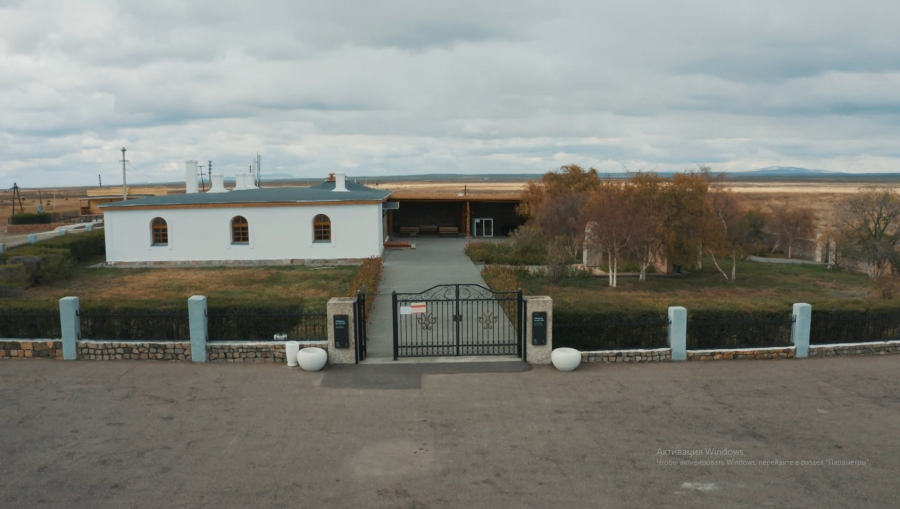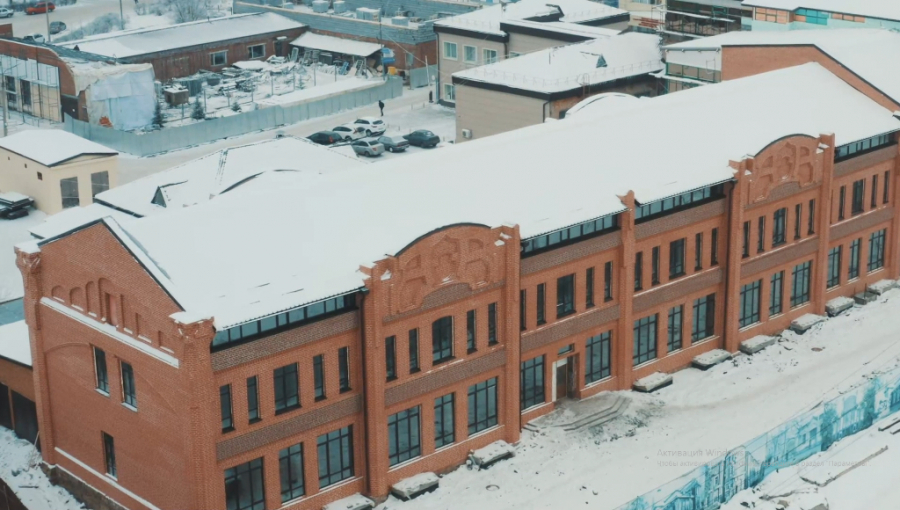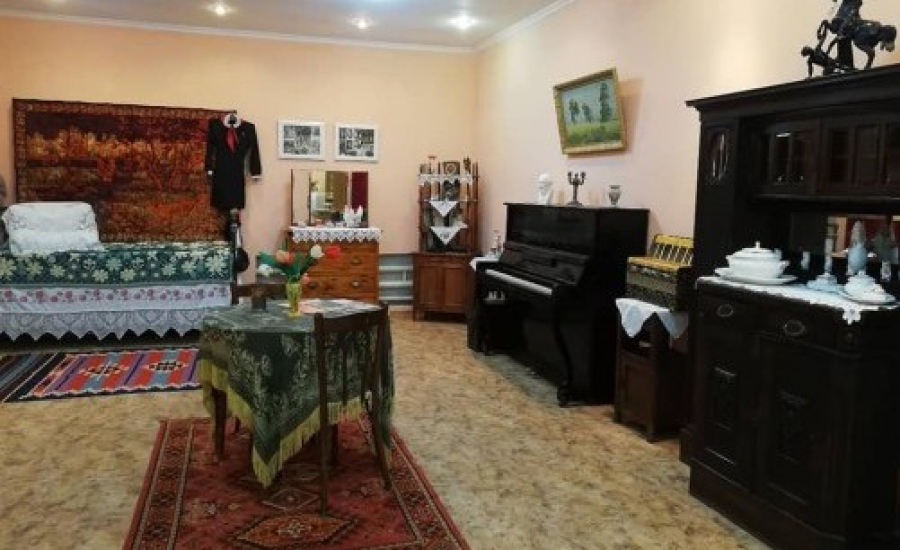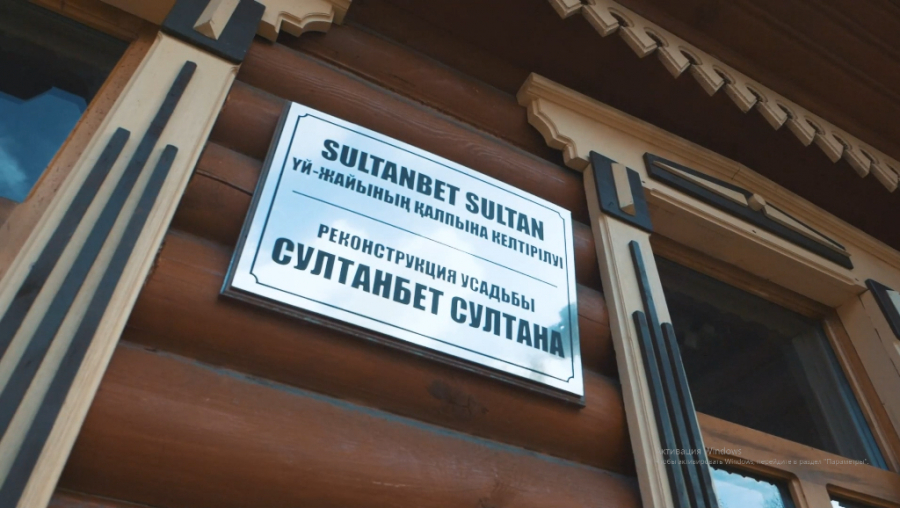Why is Khoja Ahmet Yasaui recognized as a saint by all Turkic peoples?
Why is Khoja Ahmet Yasaui recognized as a saint by all Turkic peoples of Central Asia? Where is the pantheon of Kazakh khans located? What does a fourteenth-century cauldron, weighing two tons, look like? All this is in the new episode of «Welcome to Kazakhstan» project.
The history of Turkestan goes back centuries. The settlement, which arose at the intersection of caravan routes, was first mentioned in 500 AD. At first the city was called Shavgar, then it was called Yassy. The impregnable fortress city was not afraid of enemy raids. It was the city where the great poet and sage Khoja Ahmet Yasaui lived.
Khoja Akhmet Yasaui is recognized as a saint by all the Turkic peoples of Central Asia. This unique veneration testifies to the outstanding mark that the Sufi left in the people's memory. The doctrine founded by Yasawi, that is, Yasawi's tariqah, became a significant doctrine for many centuries. Even in the 19th century, sheikhs at the court of the Bukhara emir belonged to this school.
The memorial complex of Khoja Akhmet Yasaui is a huge building. Arched structures have an amazing variety: you can find cross vaults, tromps, pendentive, parallel arches and many other architectural elements.
Since ancient times, the mausoleum of Khoja Akhmet Yasaui has performed several functions - the mausoleum itself, a mosque, a khanaka, a religious school, a library, and an administrative building. In the era of the Kazakh Khanate, the building was used as the residence of the Kazakh khans.
Kazandyk is the central hall with sides of eighteen and a half meters. Here stands a tai kazan, a huge cauldron from the fourteenth century. Tai kazan is another gift from Emir Timur. In 1393 he ordered it to a famous master from Tabriz.
There are thirty-six rooms inside the mausoleum. Of course, the tomb of Khoja Akhmet Yasaui and his cell is of particular importance. In addition, the Small Palace houses the pantheon of Kazakh khans, consisting of forty-three tombstones.
Centuries have passed, kingdoms have vanished, but the mausoleum of Khoja Akhmet Yasaui was not touched by time. This is a unique place that reminds us that a truly holy person will never disappear from the people's memory, and a path to his tomb will not overgrow.








